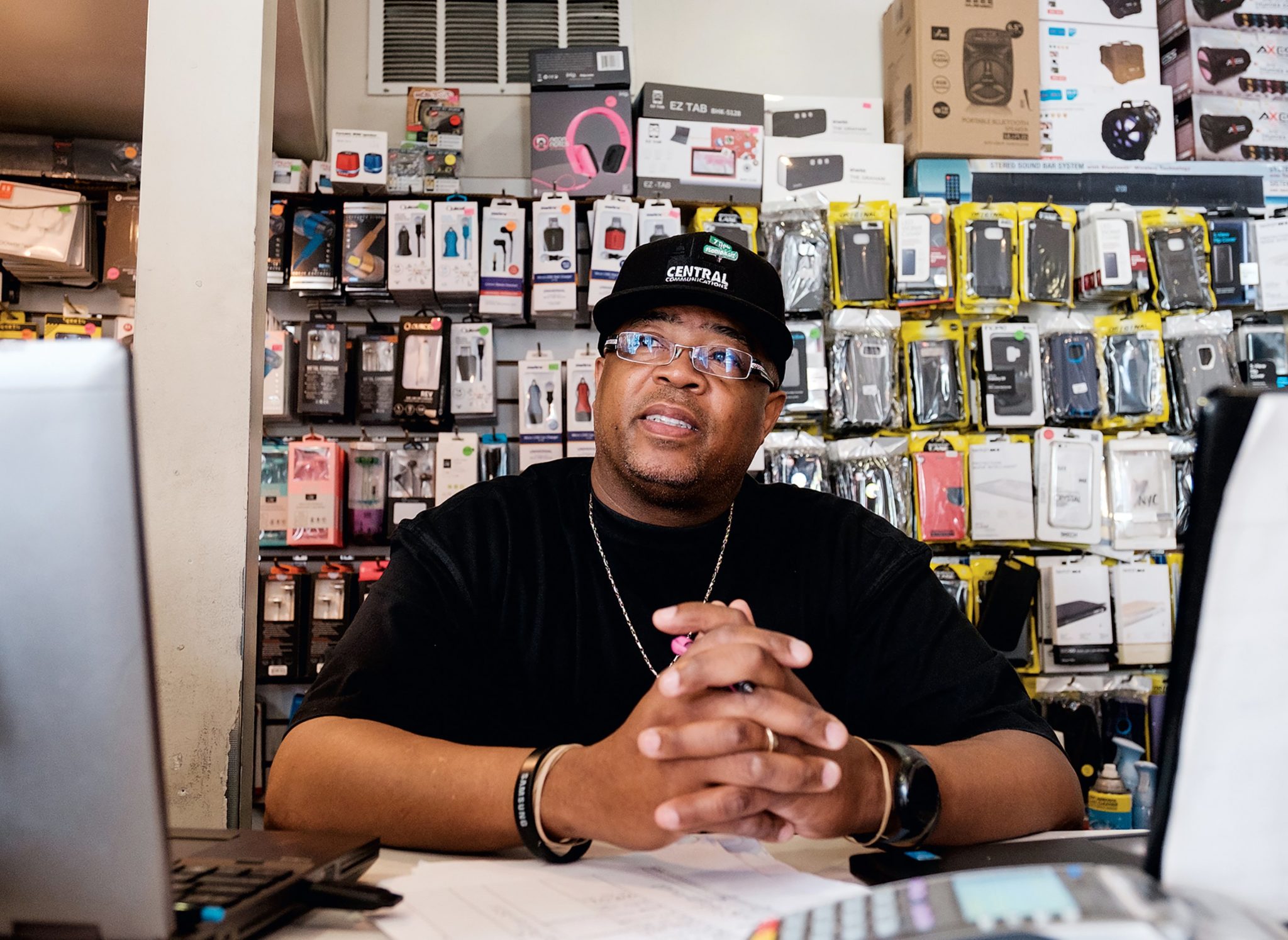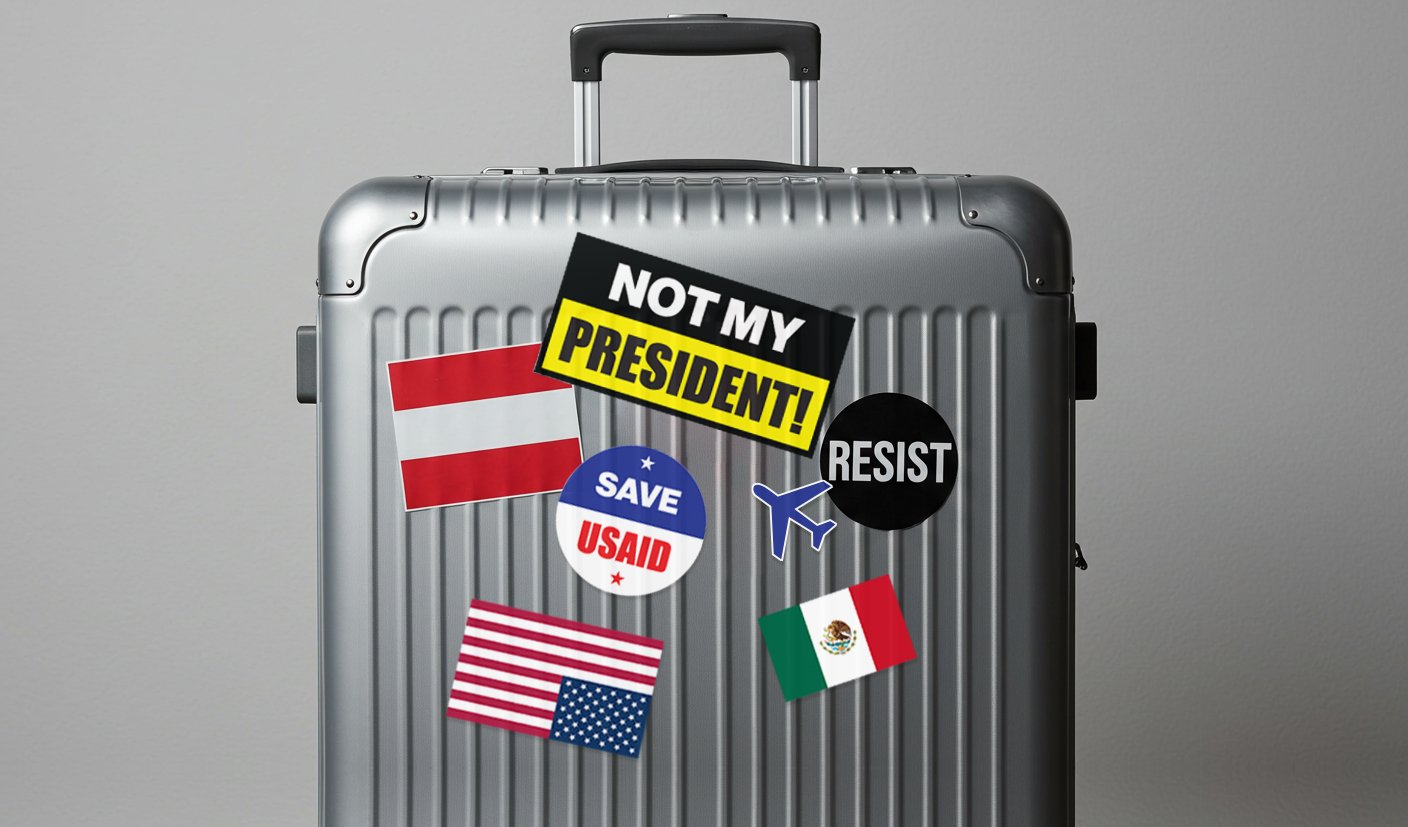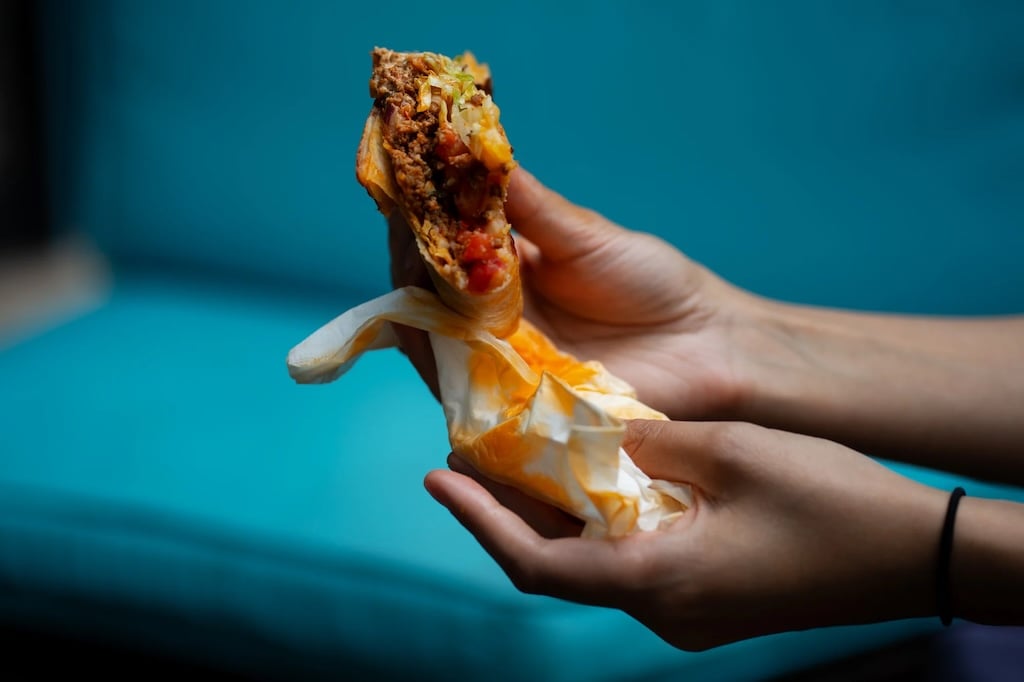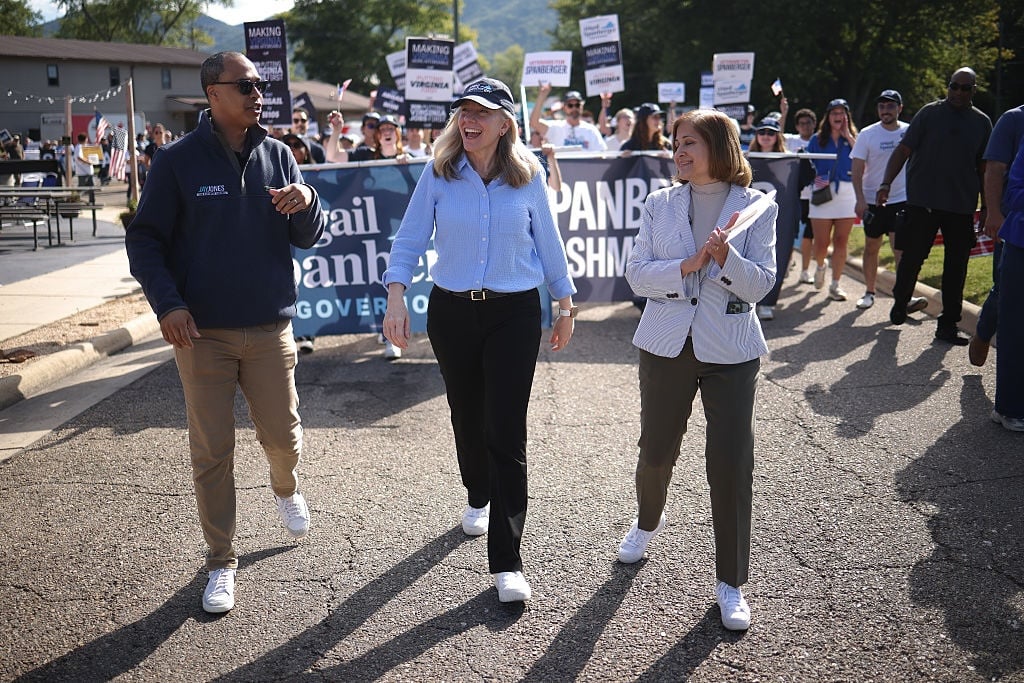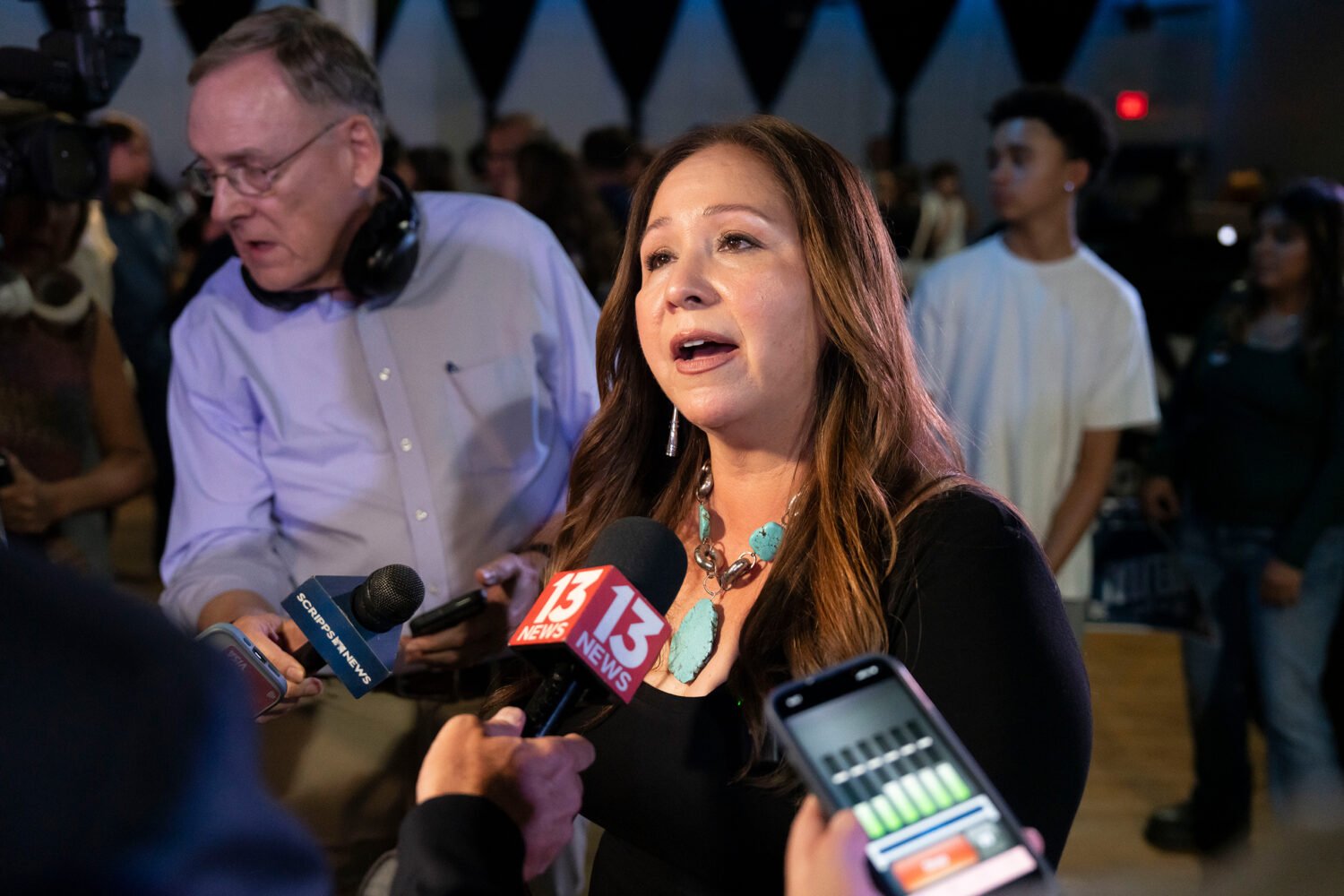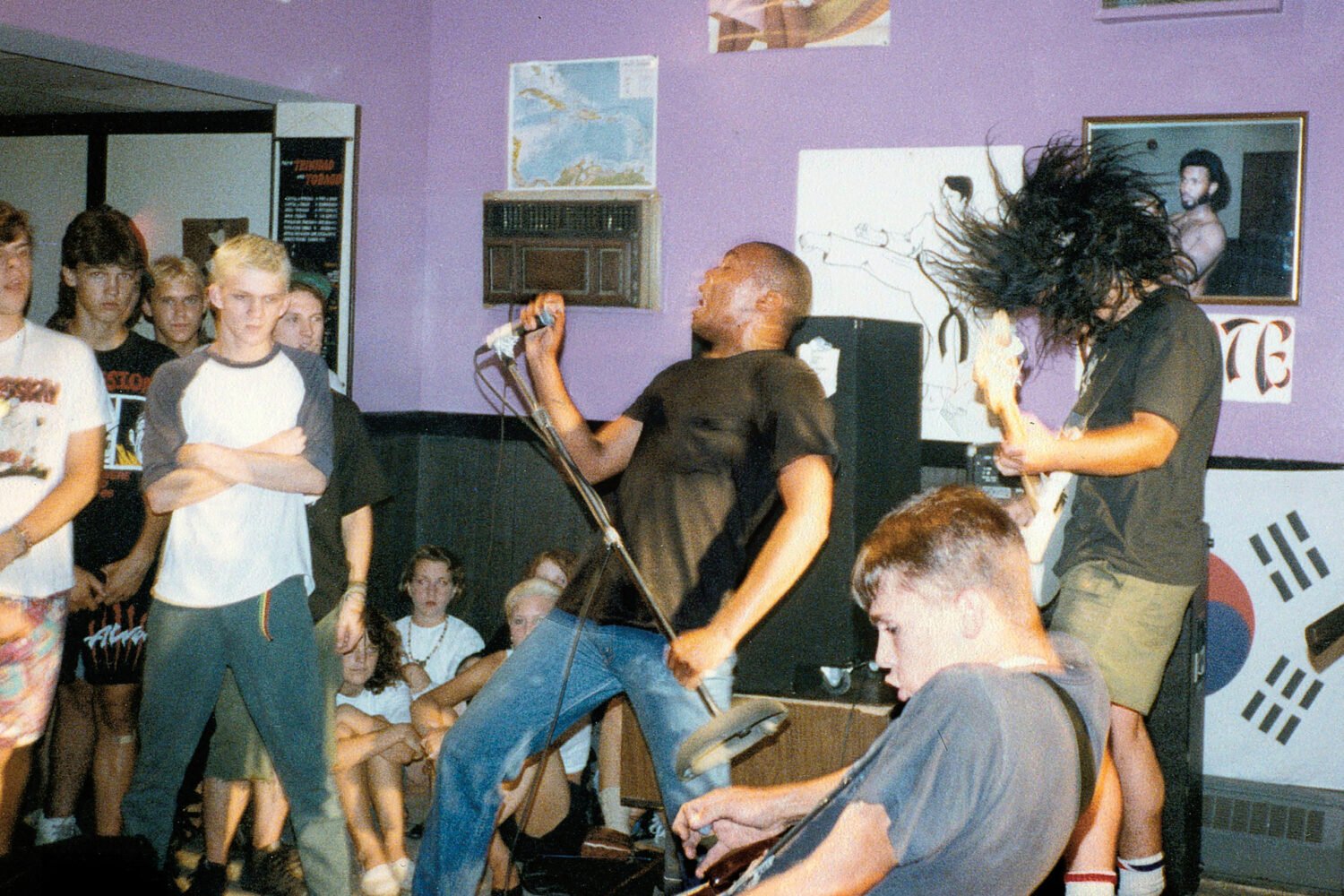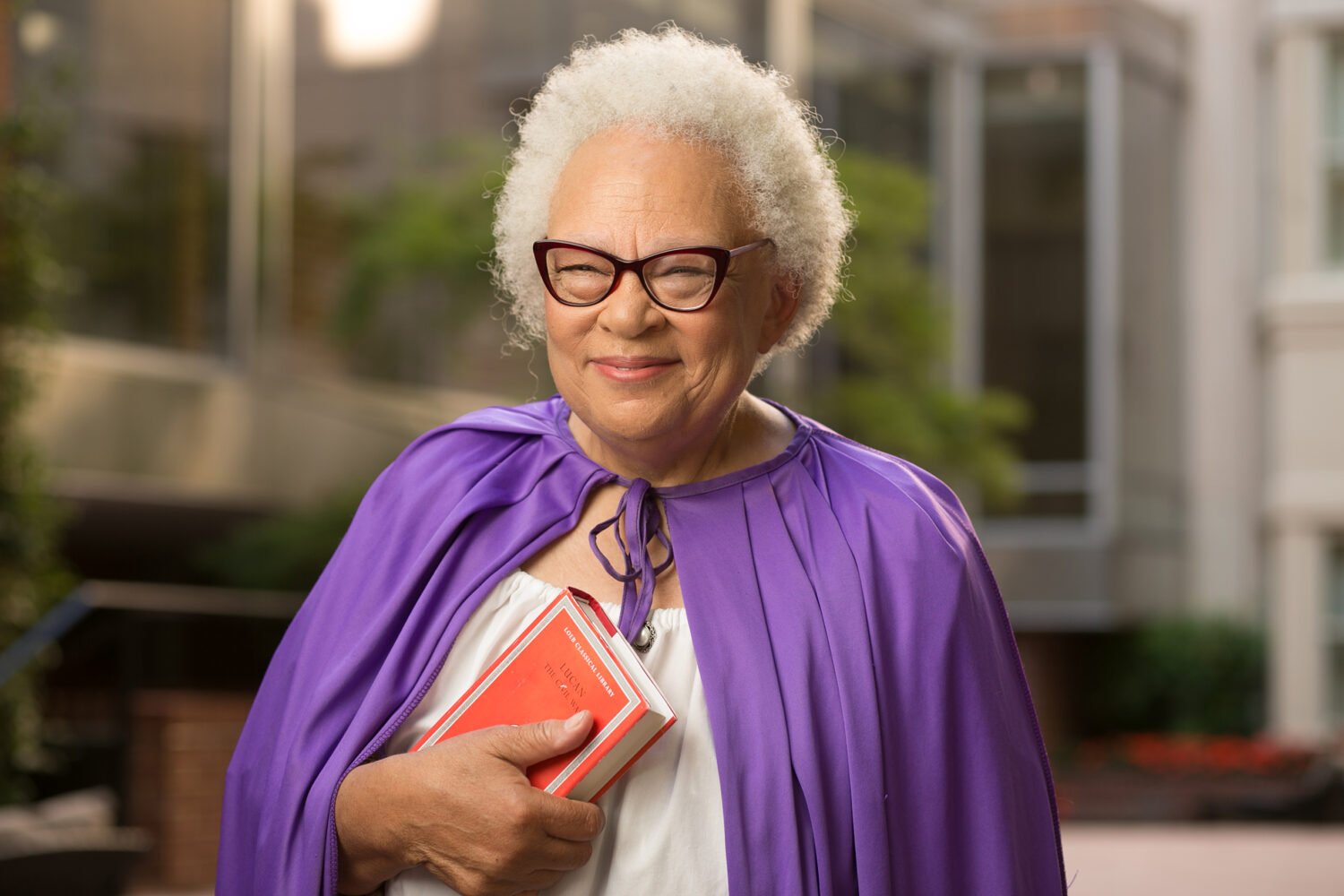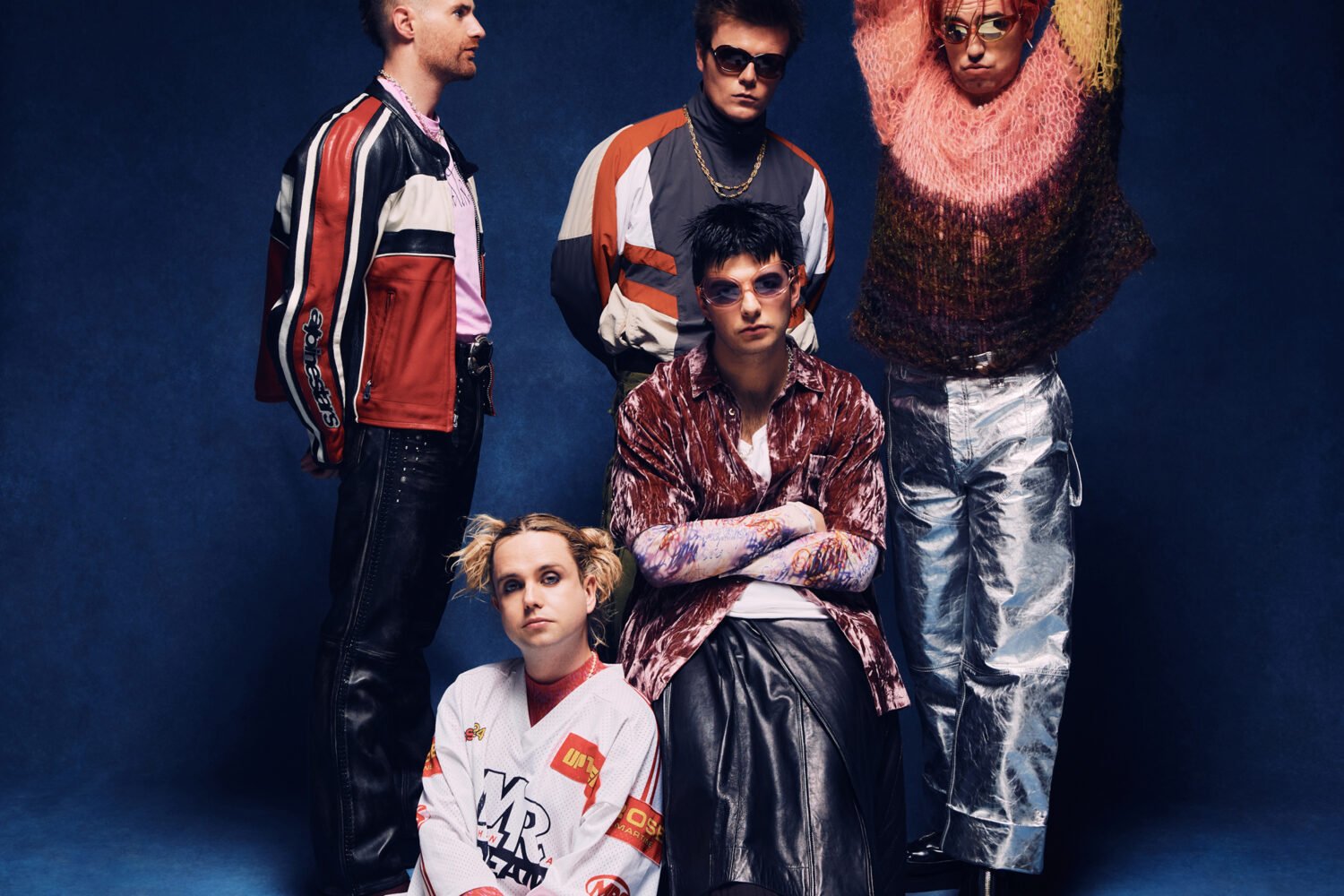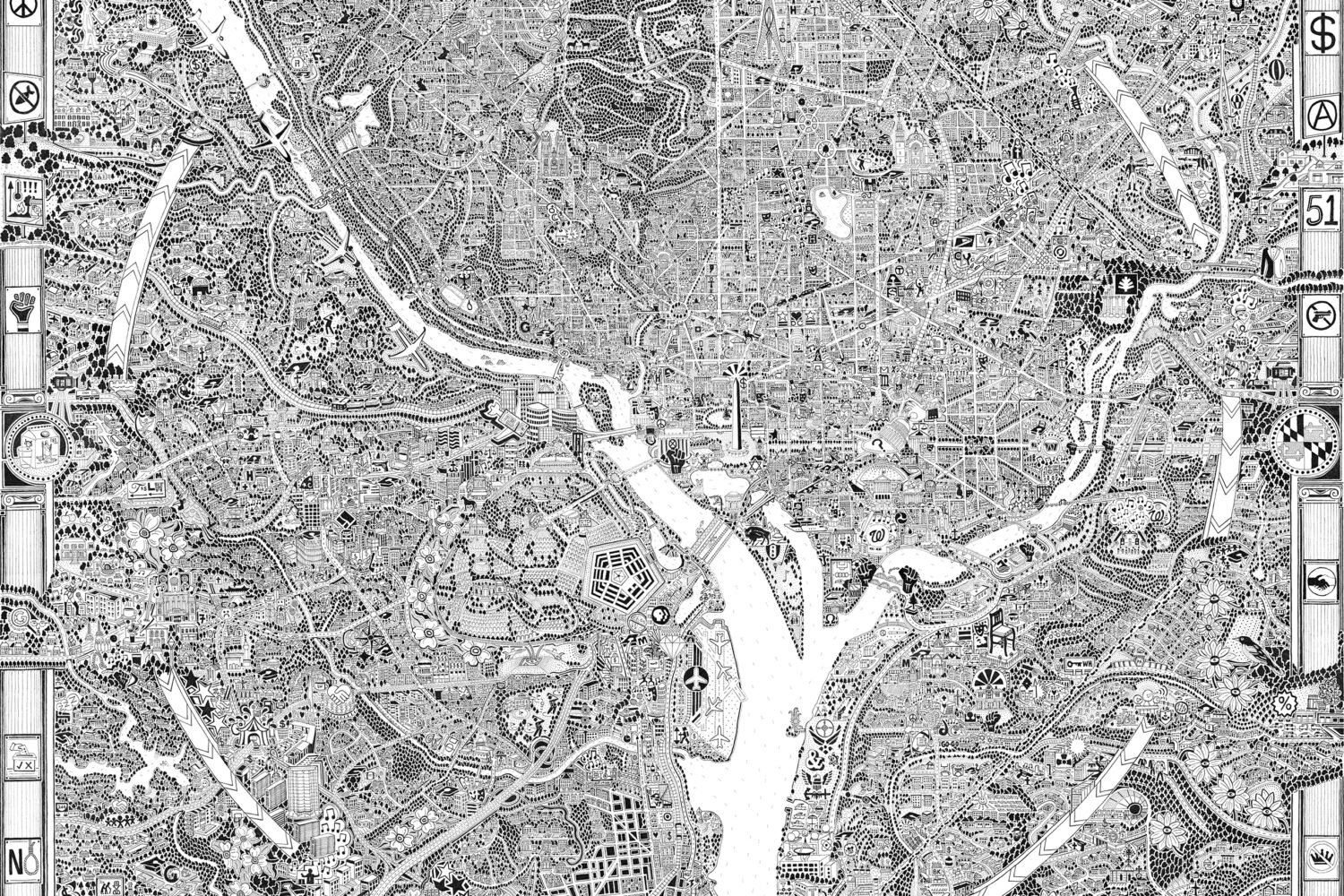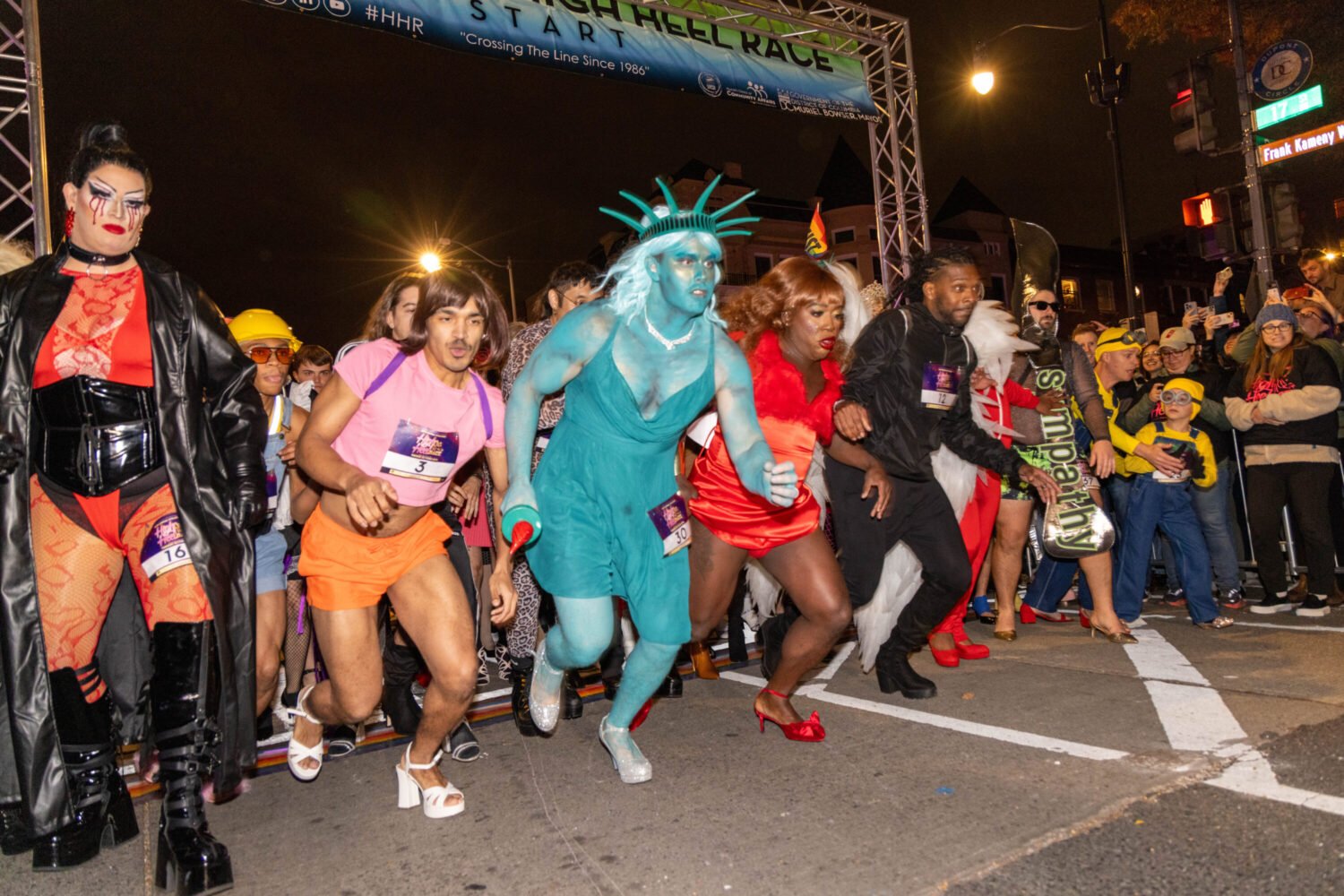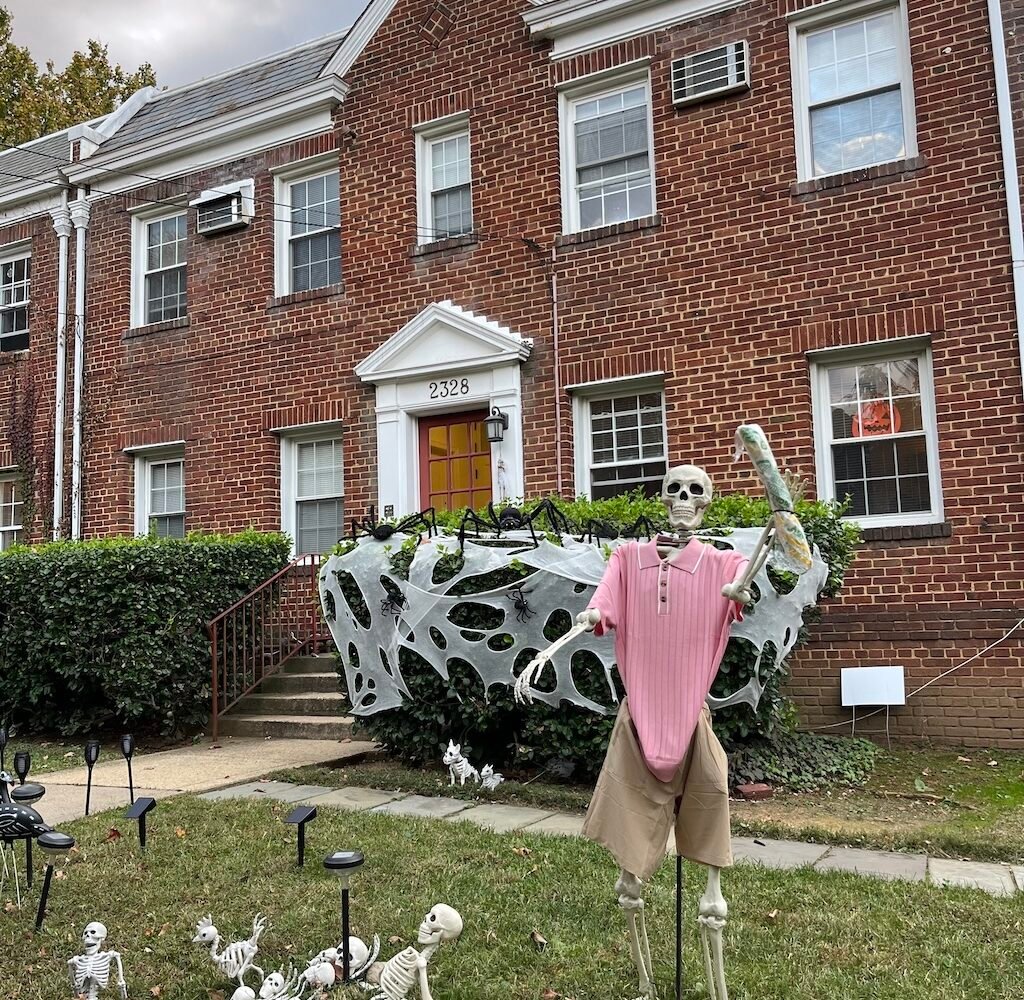This spring, noise complaints forced a Shaw retailer to turn off the go-go recordings that had played in front of his store for more than two decades. The outcry was fast and intense, and in the wake of protests and a #DontMuteDC hashtag started by a Howard student, the music was eventually allowed to return.
One intriguing piece of news that came from the coverage: The store’s owner, Donald Campbell, wants to launch a digital streaming platform to share the thousands of hours of live go-go recordings he’s amassed over the years—probably the biggest such collection in existence.
“From a historic, cultural-preservation standpoint, the significance of [Campbell] digitizing his collection is enormous,” says Natalie Hopkinson, an assistant professor at Howard University and author of Go-Go Live: The Musical Life and Death of a Chocolate City. “There’s a thicket of issues as far as licensing and royalties, but I hope that doesn’t stop this from moving forward, because it is so important to DC’s history.”
While that project is still a ways off—Campbell says it’s too early to discuss specifics—the idea does raise a crucial question: What’s being done to document the history of this vital part of Washington life?
The DC Public Library maintains a go-go archive with posters and some recordings, but it’s a small collection that hardly captures the music’s decades-long role as the District’s indigenous soundtrack. Otherwise, you have to buy concert CDs or poke around YouTube to hear historic recordings—not exactly a great preservation situation.
An idea gaining momentum is a dedicated go-go museum that could be located on MLK Jr. Avenue in Anacostia. That effort is led by Ron Moten, a local activist who was a key sponsor of the #DontMuteDC campaign. Though it’s in the early stages, the museum might one day serve as a home for exhibits, a collection of recordings, and performances.
As gentrification continues to change DC’s demographics, efforts to preserve go-go’s contributions have taken on added urgency. While the music was once a celebration of the city’s distinctive personality, these days it “has become a vehicle to air some of these really structural issues that are going on,” says Hopkinson. “It’s harder than ever for black people to just be black and free in this city. And it’s getting harder every day.”
This article appears in the June 2019 issue of Washingtonian.

